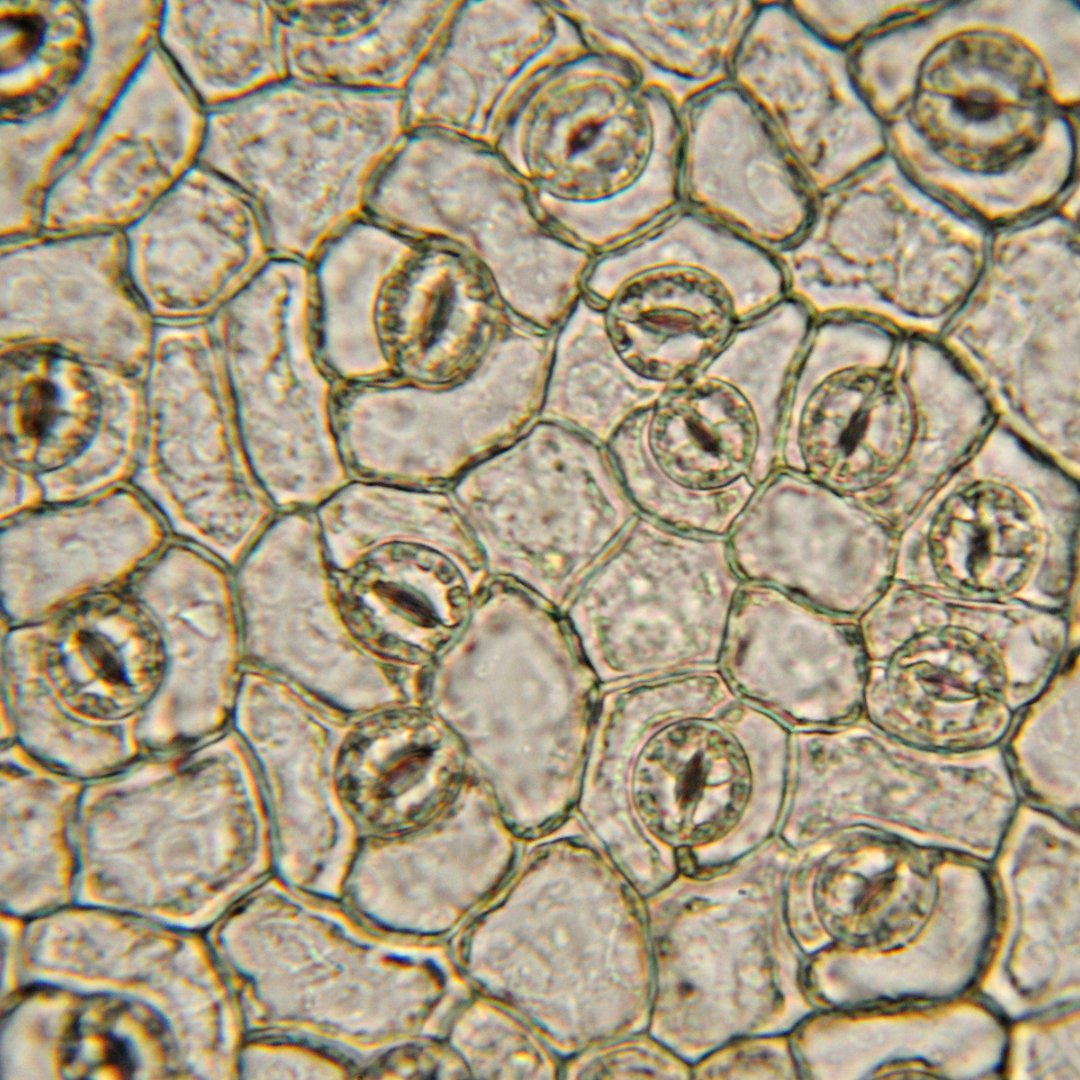Feeding Through the Leaves: Why Foliar Sprays Work
In the realm of plant care, there's a hidden gem that holds the potential to unlock vibrant, thriving foliage like never before. Foliar feeding, a lesser-known practice, has been gaining traction among gardening enthusiasts and professionals alike. This method involves applying essential nutrients directly to a plant's leaves, allowing for rapid absorption and targeted nourishment. In this blog, we will delve into the captivating world of foliar feeding, exploring its benefits and uncovering the optimal times for foliar spraying.
The Benefits of Foliar Feeding:
-
Enhanced Nutrient Absorption: One of the most remarkable benefits of foliar feeding is its ability to bypass soil nutrient limitations. Plants can absorb nutrients through their leaves more efficiently than through their roots, as leaf surfaces have specialized structures called stomata that facilitate nutrient intake. This method ensures that plants receive the nutrients they need for optimal growth, even if the soil lacks certain elements.
-
Quick Response to Deficiencies: Foliar feeding acts as a rapid response system to nutrient deficiencies. When plants display signs of yellowing leaves or poor growth due to nutrient imbalances, foliar spraying can provide an immediate source of nutrients, helping plants recover swiftly and preventing further damage.
-
Higher Nutrient Utilization: Applying nutrients directly to leaves minimizes the risk of nutrient leaching or immobilization in the soil, which can occur with traditional soil-based fertilization. Foliar feeding ensures that a higher percentage of nutrients are utilized by the plants, reducing waste and maximizing the benefits.
-
Customized Nutrition: Different plants have varying nutrient requirements at different stages of growth. Foliar feeding allows gardeners to tailor their plant's nutrition by adjusting the composition of the foliar spray. This precision ensures that plants receive the right nutrients in the right amounts, promoting healthy development.
What to Foliar Feed With: A Curated List for Plant Health
Foliar feeding opens up an array of options for specialized plant nutrition. Unlike traditional soil fertilizers, foliar sprays are designed to be gentle on the leaves while delivering a potent dose of nutrients directly to the plant. Here are some popular types of products suitable for foliar feeding:
-
Micronutrient Solutions: These sprays are rich in trace elements like zinc, manganese, and boron, essential for plant development but often lacking in the soil.
-
Seaweed Extracts: Known for a balanced set of nutrients and natural growth hormones, seaweed extracts are a popular choice for foliar sprays.
-
Fish Emulsions: High in nitrogen, fish emulsions provide an immediate boost to plants in need of rapid growth.
-
Calcium Sprays: Particularly beneficial for fruiting plants that require extra calcium, these sprays can prevent conditions like blossom end rot.
-
Compost Tea: A more organic option, compost tea can be sprayed directly onto leaves to enhance nutrient absorption.
-
pH Balanced Water: Sometimes, a simple spray of pH balanced water can help clean leaf surfaces, allowing for better respiration and improved nutrient absorption.
-
Combined N-P-K Solutions: Balanced solutions of Nitrogen, Phosphorous, and Potassium offer a complete nutritional package in one go.
When to Foliar Spray
While the benefits of foliar feeding are clear, timing is crucial to maximize its effectiveness. Here's a guide to when you should consider foliar spraying:
-
Early Morning or Late Afternoon: The best times for foliar spraying are during the early morning or late afternoon. At these times, the stomata on the leaves are open, allowing for optimal nutrient absorption. Avoid spraying during the hottest part of the day to prevent evaporation and potential leaf burn.
-
Avoid Rainy or Windy Days: Choose days with calm weather conditions to ensure that the foliar spray remains on the leaves and is not washed away by rain or blown away by strong winds.
-
Pre-Bloom and Fruit Development: During periods of active growth, such as pre-bloom, foliar feeding can provide a boost of nutrients to support the plant's increased demands.
-
Nutrient Deficiency Signs: If your plants display signs of nutrient deficiencies, such as yellowing leaves or stunted growth, consider foliar spraying as a quick remedy to address the issue.
-
Stressful Conditions: When plants are exposed to stressors like transplanting, extreme temperatures, or drought, foliar feeding can help alleviate stress and aid in recovery.
Conclusion: Foliar feeding is a valuable technique that offers numerous benefits for plant health and growth. By harnessing the power of direct nutrient absorption through leaves, gardeners can elevate their gardening game and achieve stunning, vibrant landscapes. Remember, timing is key when it comes to foliar spraying, so be sure to choose the right moments to pamper your plants with this remarkable method of nourishment. Embrace the green secret of foliar feeding, and watch your garden flourish like never before.

